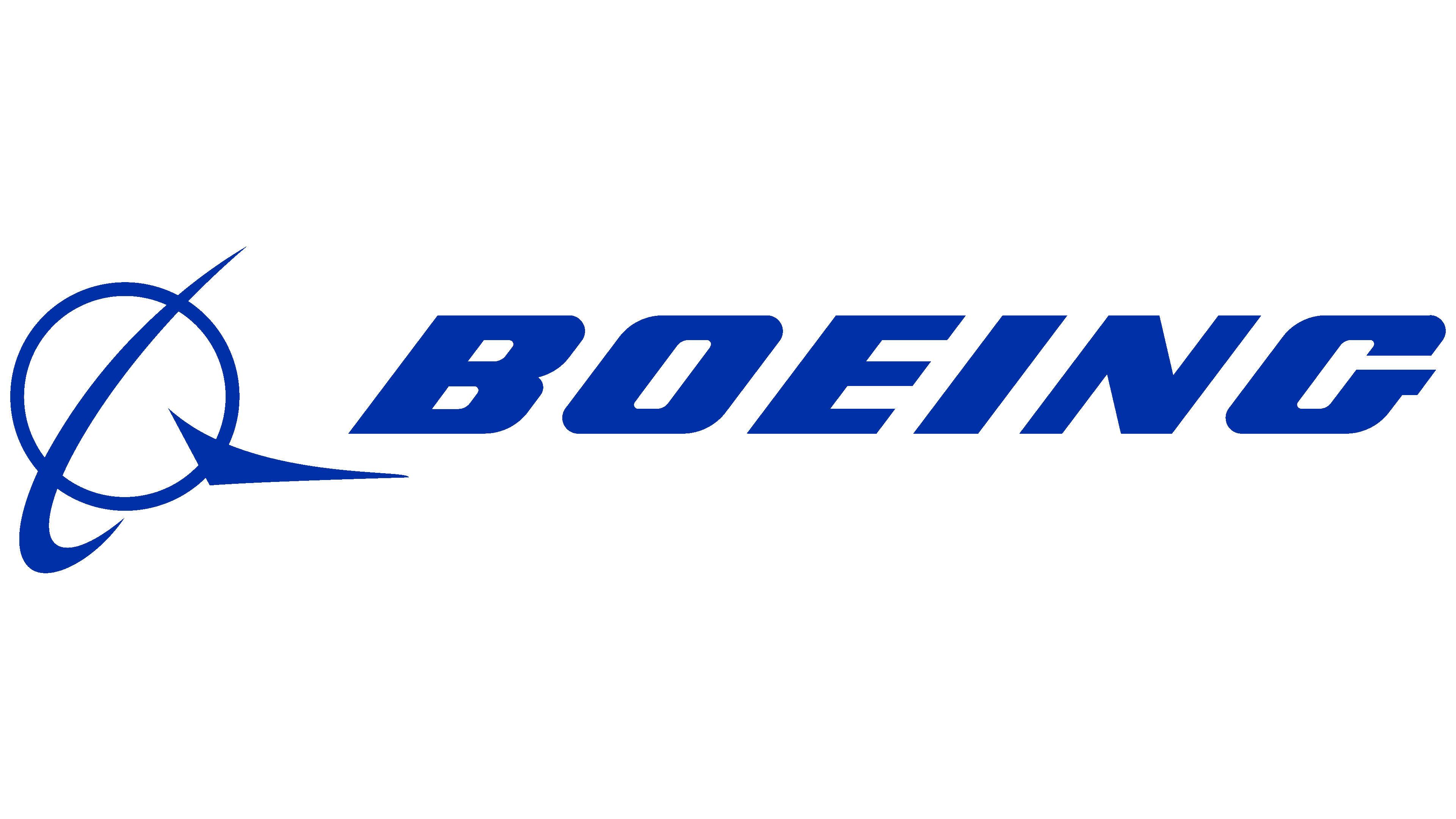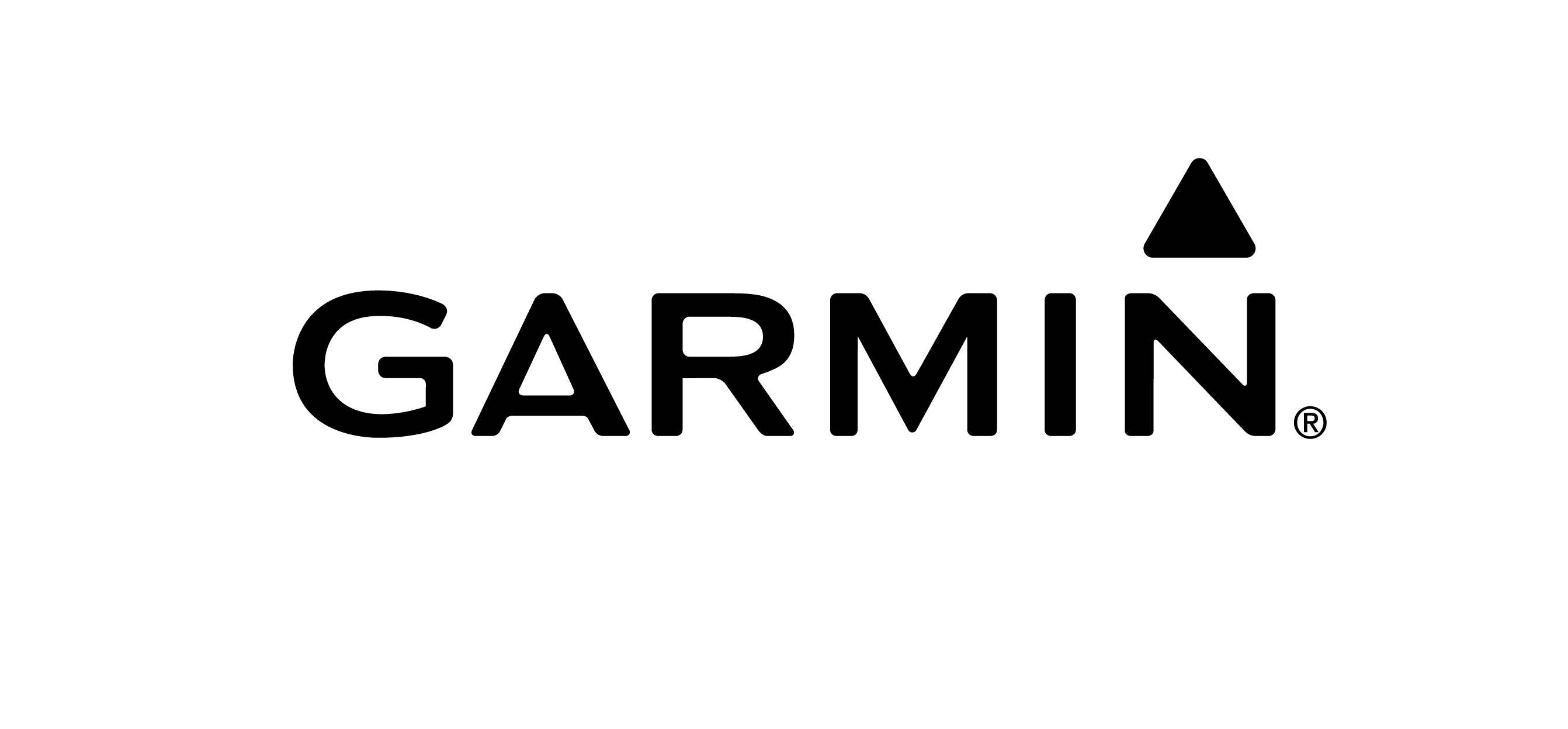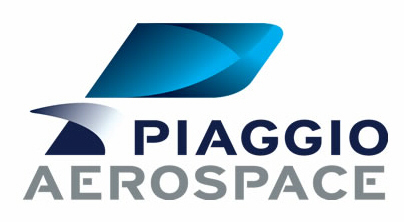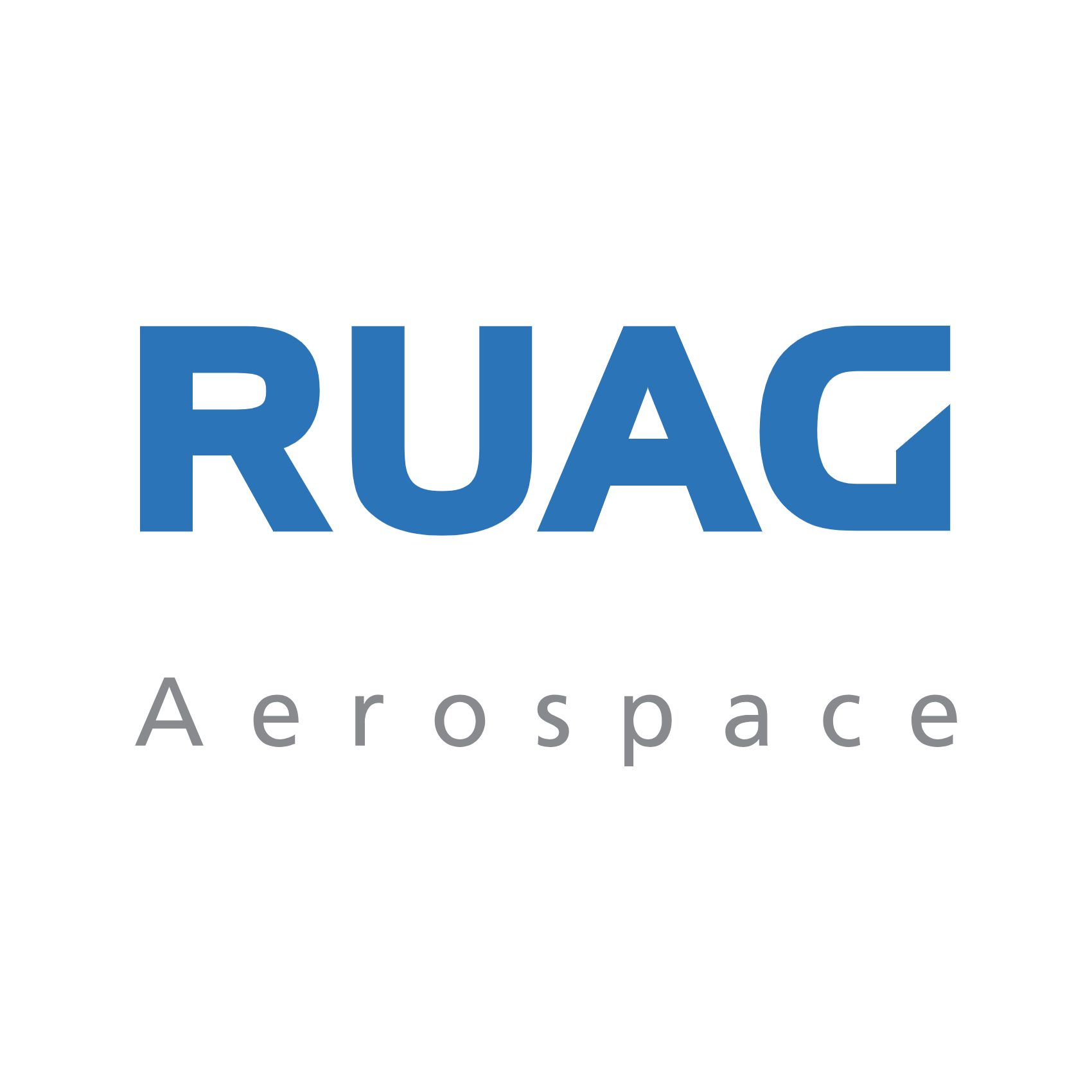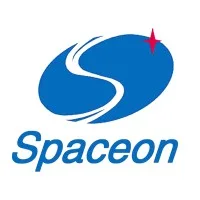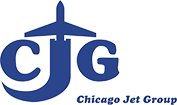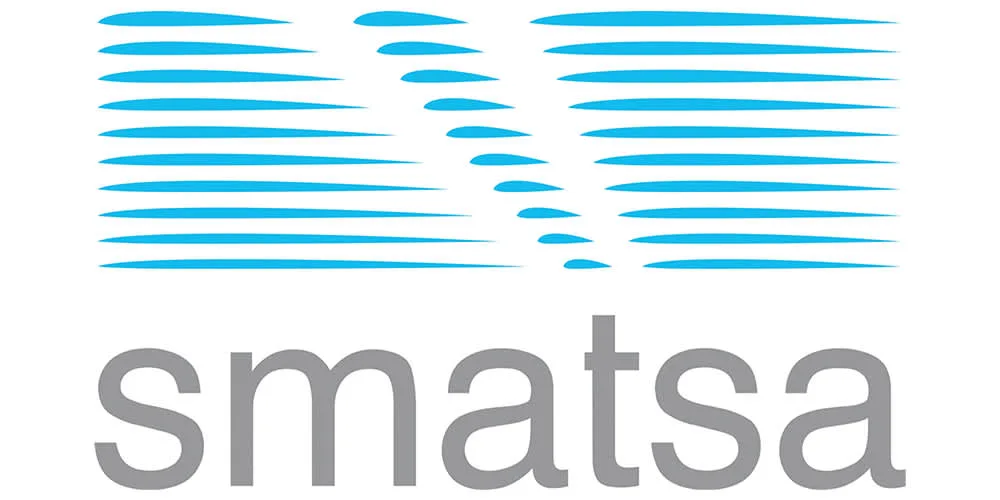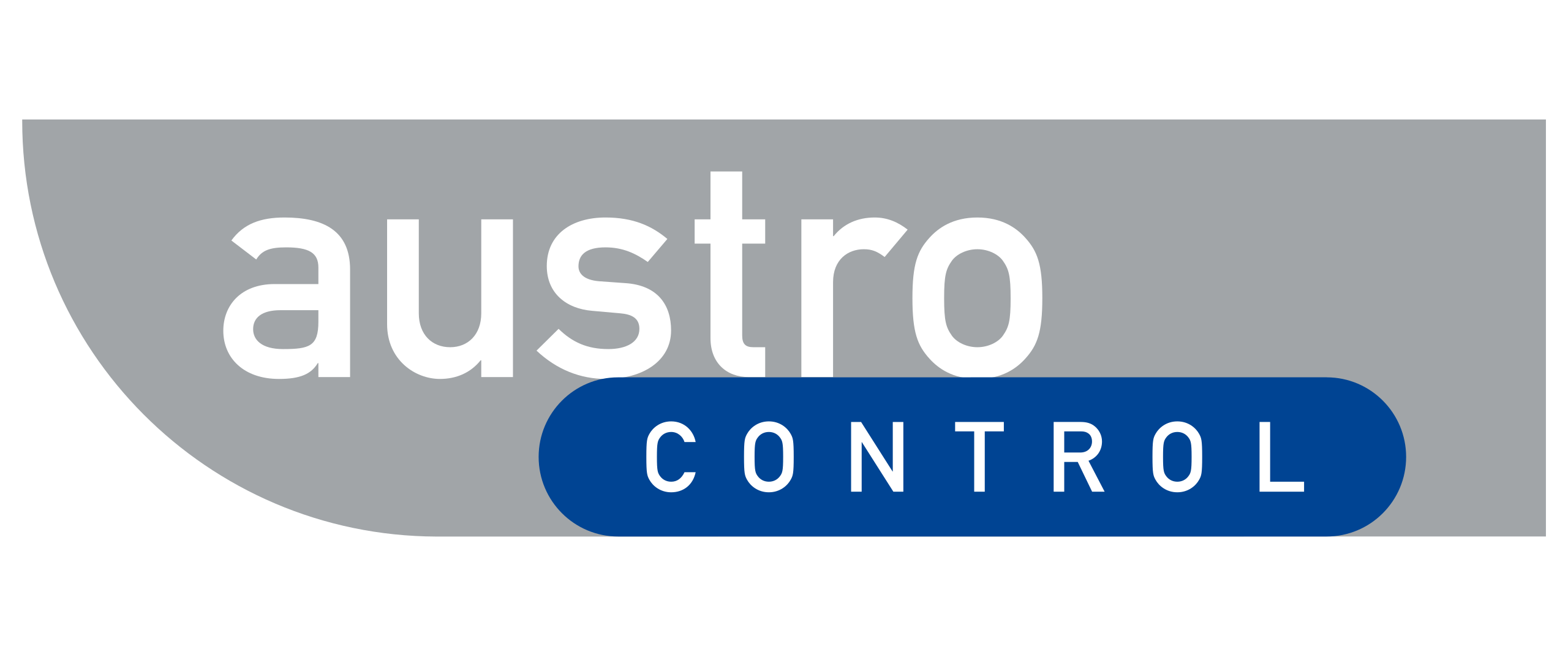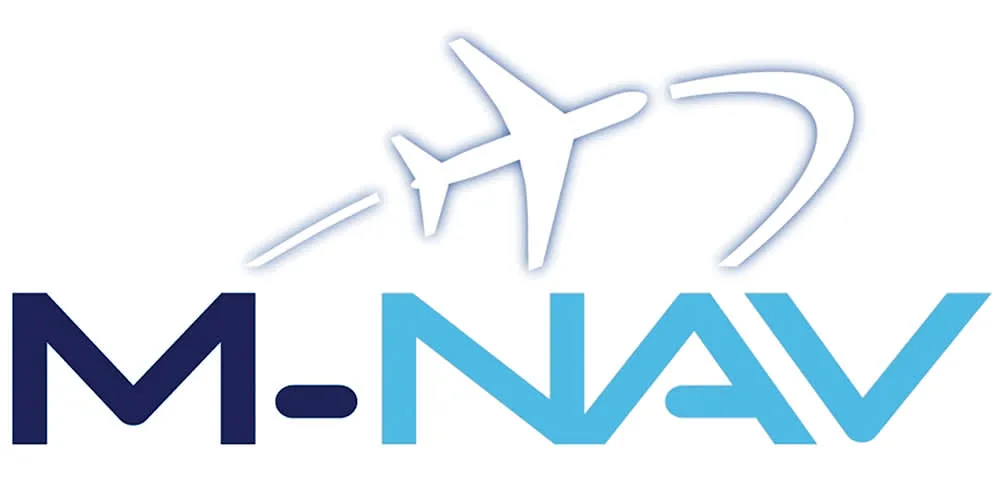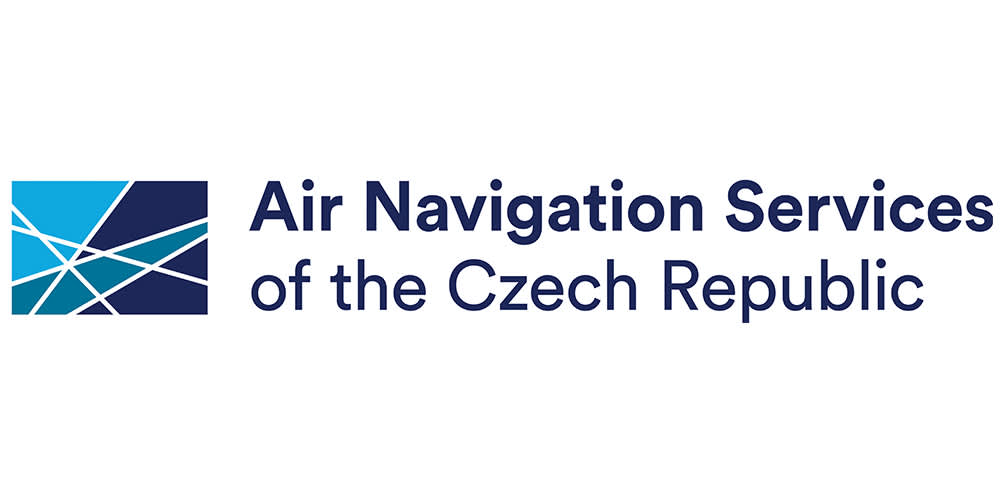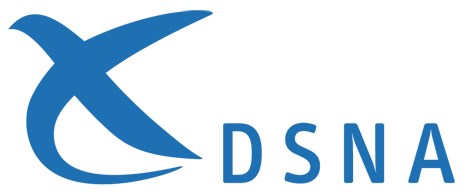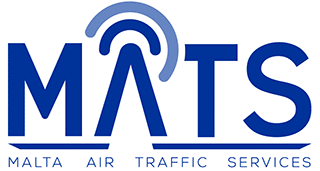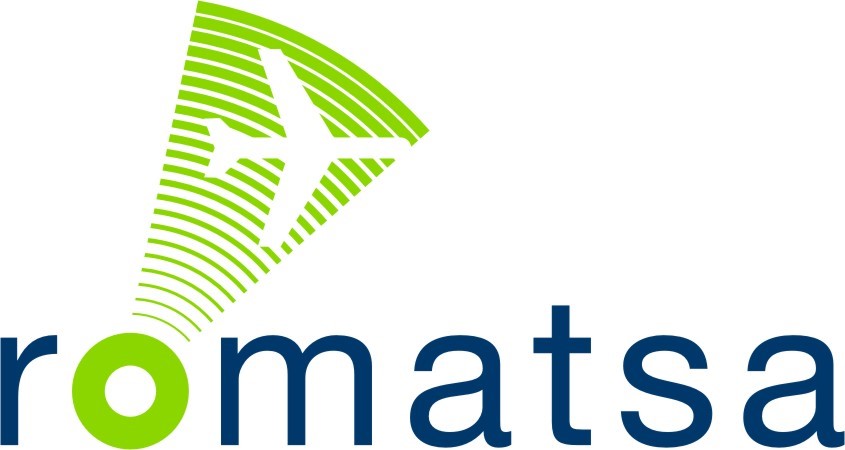Airtel provides Data Link software to enable the improvement of air traffic management for safer, cleaner and more efficient air travel globally
Airtel provides Air Traffic Management telecommunication software and test equipment to make aviation safer, greener, and more efficient.
Airtel is a global leader in Data Link systems. Airtel supplies operational and test Data Link solutions to Air Navigation Service Providers (ANSPs), Avionics Manufacturers, Communications Service Providers and aircraft Maintenance Repair and Overhaul organizations worldwide.
Based in Dun Laoghaire, Ireland, Airtel began as a telecommunications company, moving to Aeronautical Telecommunications in 1998. Today, Airtel’s solutions enable over 12,000 aircraft to connect to the ATC network.
Data Link Benefits
- Increases flight efficiency in congested airspace
- Saves fuel by reducing aircraft engine emissions.
- Reduced radio frequency communication, thus more availability for non-routine voice communication
- Increases level of pilot requests which can be dealt with simultaneously
- Reduces communication errors due to safer frequency changes
- Contributes to greener more sustainable aircraft.
The NAC’s Joint Analysis Team (JAT) with the FAA and industry conducted research over 2 months at 4 sites in the USA. They found that Data Link:
- Resulted in taxi-out time savings between 0.2 and 8.5 minutes per rerouted flight
- Savings occurred when airlines attempted to recover from schedule delays
Individual airlines’ analysis are similar to the above results over larger sets of data.
- During severe weather, some aircraft saved more than 90 minutes of delay time
- With Data Link aircraft can avoid departure delays
As of December 2018, 33% of departures across Data Link equipped airports in the USA utilised Data Link.
The FAA estimates that Data Link technology could produce $10 billion in savings and another $1 billion for the FAA alone, over 30 years.
- Global leader in Data Link communications
- Airtel is pivotal in driving innovation in Data Link, shaping the future as partners of SESAR JU, SESAR Deployment Manager, IRIS, Clean Sky 2 and NextGen.
- Airtel supports 15 European ANSP customers and continues to assist ANSPs in meeting the European Commission Data Link Requirements.
- Over 10,000 aircraft are equipped with Airtel technology
- Over 25 years in business
- Used by CSPs including SITA and Collins Aerospace (ARINC), the FAA in the US and ADCC in China
- Versatile portable test equipment, independent of ANSP or CSP
Airtel continues to deliver technological excellence in Air Traffic Management (ATM) and is a member of every significant Research & Development program, including the SESAR Joint Undertaking in Europe, CleanSky (COMET), and NextGen in the US.
SESAR 3
HERON
The HERON project strives to promote the implementation of a series of ambitious goals to reduce CO2 emissions from air transport. This involves enhancing aircraft operations for increased efficiency, both in the air and on the ground.
Airtel’s contribution
Building on the great progress made in PJ.31 DIGITS and PJ.38 ADSCENSIO, which are related to the Common ADS-C Service. Airtel’s role is in WP2.5. The goal of WP 2.5 is to improve the ADS-C common service (from its current TRL6 to TRL7/8). This includes ensuring the EPP data is effectively shared with ATSUs and NM during operational tests and to support network operations.
FCDI
FCDI stands for Future Connectivity and Digital Infrastructure. The project’s goal is to define and create upcoming communication, navigation, and surveillance technologies. These technologies will be crucial for supporting and overseeing operational services, such as four-dimensional trajectory management, within the future ATM system.
Airtel are involved in 4 solutions.
Solution #1: WP2: Cyber Security.
WP2 aims to create a unified cybersecurity framework for the technologies involved in the current project.
Airtel’s contribution
Airtel plays a pivotal role in defining the Zero Trust Cybersecurity Collaborative Framework Specification. Our commitment extends to actively participating in validation exercises, showcasing the robust capabilities of Airtel Test Tools that seamlessly support the “global zero trust architecture.
Solution #2: WP3: Hyper Connectivity
Hyper Connectivity is the combination of public cellular networks like 4G/5G or commercial Ku/Ka band satellite communication services to create a mix of open and protected communication infrastructure. This will help connect air-to-ground data for future ATM and U-space operations. The goal is to help ease future constraints on aircraft safety-critical communication systems.
Airtel’s contribution
Airtel, as a main provider of ATN/OSI systems, will contribute on demonstrating the application of the Hyper Connected ATM concepts in the current ATN/OSI and ACARS Data Link infrastructure. Airtel will develop a prototype of the Hyper Connectivity Gateway as well as upgrade the current ATN/OSI system to support the Hyper Connectivity concept.
Solution #3: WP4: IPS Enhancements
The ICAO WG-I and EUROCAE WG-108 standardization groups have identified the need to study and to develop further the current IPS Standards (Doc 9896 Edition 3), to address multilink policy management and coverage of applicable Safety and Performance Requirements (SPRs) also for the most critical ATM Services
Airtel’s contribution
Airtel will contribute to defining cutting-edge multilink policies, pioneering new mobility solutions, and delving into the potential of utilizing the QUIC protocol for ATM applications.
Solution #4: WP5: LDACS End-to-End Integration
WP5 focuses on Data Communications for LDACS and aims to fill the gaps left by SESAR2020 PJ14 Wave 2 Solution 60 “FCI Terrestrial Data Link (LDACS)”, Specifically, it aims to create an LDACS avionic prototype and integrate the LDACS System with the legacy ATN OSI systems.
Airtel’s contribution
Airtel is supporting the seamless integration of LDACS into the ATN/OSI environment, as well as the future IPS environment. Airtel are developing cutting-edge prototypes for both airborne and ground elements, including the ATN Airborne Router and ATN Air/Ground Router, to robustly support the new LDACS subnetwork.
ATC-TBO
ATC-TBO stands for Air Traffic Control – Trajectory-Based Operations. The primary goal of the project is to verify the Time-Based Operations (TBO) SESAR Solutions during flights in the tactical execution phase, specifically for en-route and Terminal Maneuvering Area (TMA) operations. This effort aims to play a role in finalizing SESAR Phase C, as developed in SESAR 2020, and advancing toward the realization of the Digital European Sky vision in SESAR Phase D. The anticipated outcomes of this validation include positive impacts on capacity, operational efficiency, safety, environmental considerations, and cost efficiency and enhance it for integration into flight planning validation.
Airtel’s contribution
AIRTEL ATN contributes to Solution #6.
Solution #6:
AIRTEL ATN will offer the ADS-C Server, which sends Extended Projected Profile (EPP) data to the designated API for flight planning checks. The ADS-C Server has already been created during PJ.31 (DIGITS) and PJ.38 (ADSCENSIO). It will be adjusted to fit the API requirements for flight planning. Additionally, AIRTEL ATN will provide ATN Test Applications to mimic ADS-C Reports.
ESMA
The project aims to make air traffic management more automated by setting up a communication system using both satellite communication (SATCOM Datalink) and VHF Data Link (VDL) Mode 2. The goal of the demonstration is to collect data over the long term in a working multi-link setup. This will show that the technology meets the needs of air navigation service providers and airspace users.
Airtel’s contribution
Airtel will play a significant role in integrating the ATN ground backbone and additionally will actively participate in demonstrating Multilink ATN for both ATN/OSI and ATN/IPS.
IRIS
The Iris Programme aims to make aviation safer, greener and more efficient by developing a new satellite-based air–ground communication system for Air Traffic Management (ATM), in partnership with Inmarsat. By 2028, Iris will enable full 4D trajectory management over airspaces across the globe and the data link will be the primary means of communications between controllers and cockpit crews.
Airtel’s contribution
Airtel has been actively engaged in the Iris project since its precursor phase, where we played a crucial role by delivering a robust Air/Ground Router for the Aeronautical Telecommunications Network/Open Systems Interconnection (ATN/OSI). Subsequently, Airtel further improved its contributions to accommodate ATN/OSI Multilink capabilities. In the latest phase of the Iris Global Solution, Airtel is making significant contributions to the development of the ATN/IPS, focusing on creating an IPS/OSI Gateway. This gateway aims to facilitate interoperability between ATN/OSI and ATN/IPS, showcasing Airtel’s commitment to advancing aviation communication technologies.










